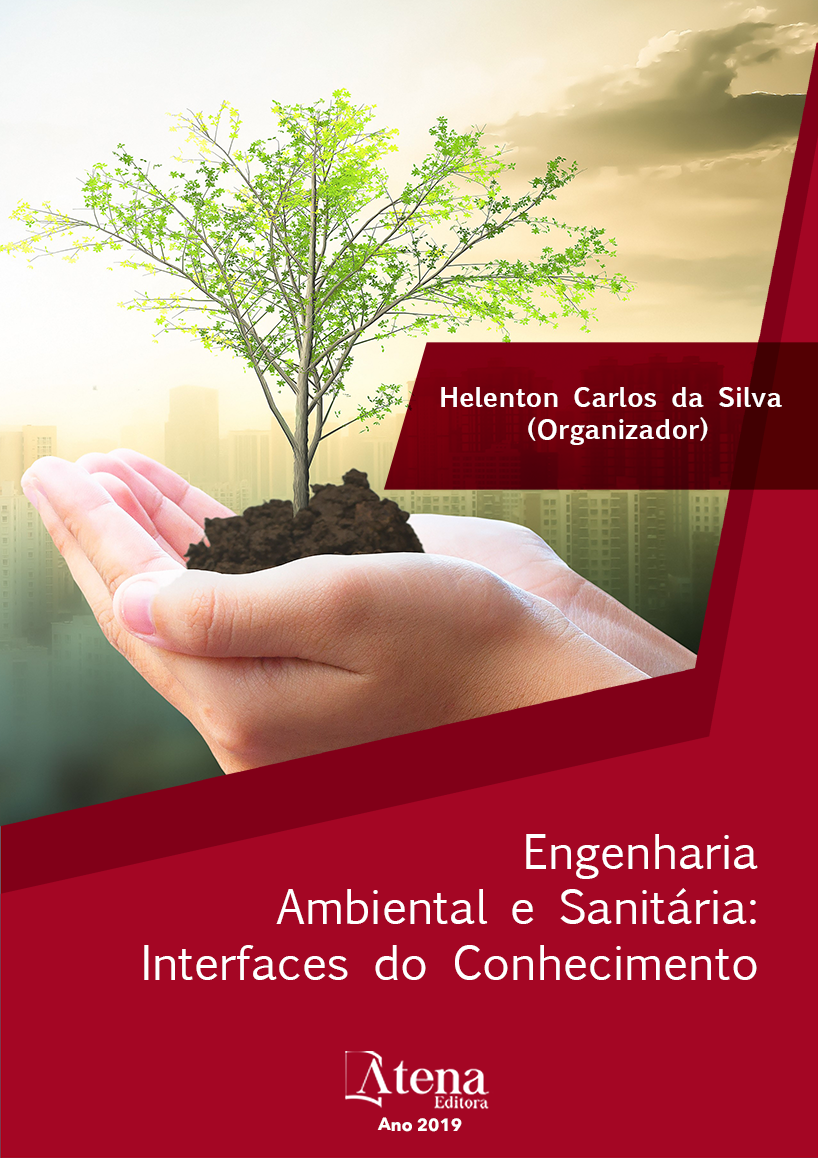
RESTAURAÇÃO ECOLÓGICA NO ESTADO DE SÃO PAULO, BRASIL: ORIENTAÇÕES, DIRETRIZES E CRITÉRIOS
O Brasil e mais especificamente o Estado de São Paulo encontra-se na vanguarda em legislar sobre restauração ecológica. Desde a primeira resolução, publicada no ano de 2001, pela Secretaria do Meio Ambiente do Estado de São Paulo com o objetivo de fornecer diretrizes e orientações para o Reflorestamento Heterogêneo com espécies nativas, publicaramse outras nas quais eram incorporados os conhecimentos adquiridos conforme colocavam-se em prática as técnicas de plantio e recuperação de áreas degradadas. Entretanto, essas primeiras resoluções (da Resolução SMA 21/2001 à Res. SMA 08/2008) mantinham o foco em técnicas a serem utilizadas no plantio de mudas em área total a ser restaurada, não deixando espaço para outros métodos, muitas vezes mais adequados e baratos a determinadas áreas, fato que levou a críticas por parte de profissionais e cientistas ligados à área de restauração ecológica. A atual legislação estadual paulista, representada pela Resolução SMA 32/2014 e pelo seu complemento, a Portaria CBRN 01/2015, substituiu o termo Reflorestamento Heterogêneo por Restauração Ecológica, deste modo ampliando o objetivo do processo de restauração florestal e também mudando o foco anterior que havia sobre a o método utilizado no processo de restauração, enfatizando-se agora o resultado a ser obtido, ou seja, objetiva-se o estabelecimento de um ecossistema autossustentável (não importando qual o método utilizado para se chegar a esse resultado).
RESTAURAÇÃO ECOLÓGICA NO ESTADO DE SÃO PAULO, BRASIL: ORIENTAÇÕES, DIRETRIZES E CRITÉRIOS
-
DOI: 10.22533/at.ed.93519091021
-
Palavras-chave: Restauração Ecológica, Restauração Florestal, Legislação Ambiental, Resolução SMA 32/2014, SARE.
-
Keywords: Ecological Restoration, Forest Restoration, Environmental Legislation, Resolution SMA 32/2014, SARE.
-
Abstract:
Brazil and more specifically the State of Sao Paulo is at the forefront in legislating for ecological restoration. Since the first Resolução (Resolution) published in 2001 by the Secretariat for the Environmental of the State of São Paulo with the purpose of providing guidance and guidelines for Heterogeneous Reforestation with native species, other resolutions have also been published and they included new acquired knowledge of planting techniques and restoration of degraded areas. However, these early resolutions (starting from Resolução SMA 21/2001 all through Res. SMA 08/2008) focused on planting of seedlings on the whole land area under restoration, leaving no room for other methods, which could be more suitable and cheaper, this fact led those resolutions to face criticism from professionals and scientists related to the field of restoration ecology. The São Paulo state current legislation, represented by the Resolução (Resolution) SMA 32/2014 and its complement, the Portaria (Ordinance) CBRN 01/2015, replaced the term “Reflorestamento Heterogêneo” (Heterogeneous Reforestation) by the term “Restauração Ecológica” (Ecological Restoration), hereby broadening the goal of the forest restoration process as well as changing the previous focus on the method used in the restoration process to now focusing on the results, i.e. the establishment of a self-sustainable ecosystem (no matter the method is used to reach this goal).
-
Número de páginas: 15
- Neyton Hideki Tadeu Araki
- Maria Fernanda Sala Minucci


